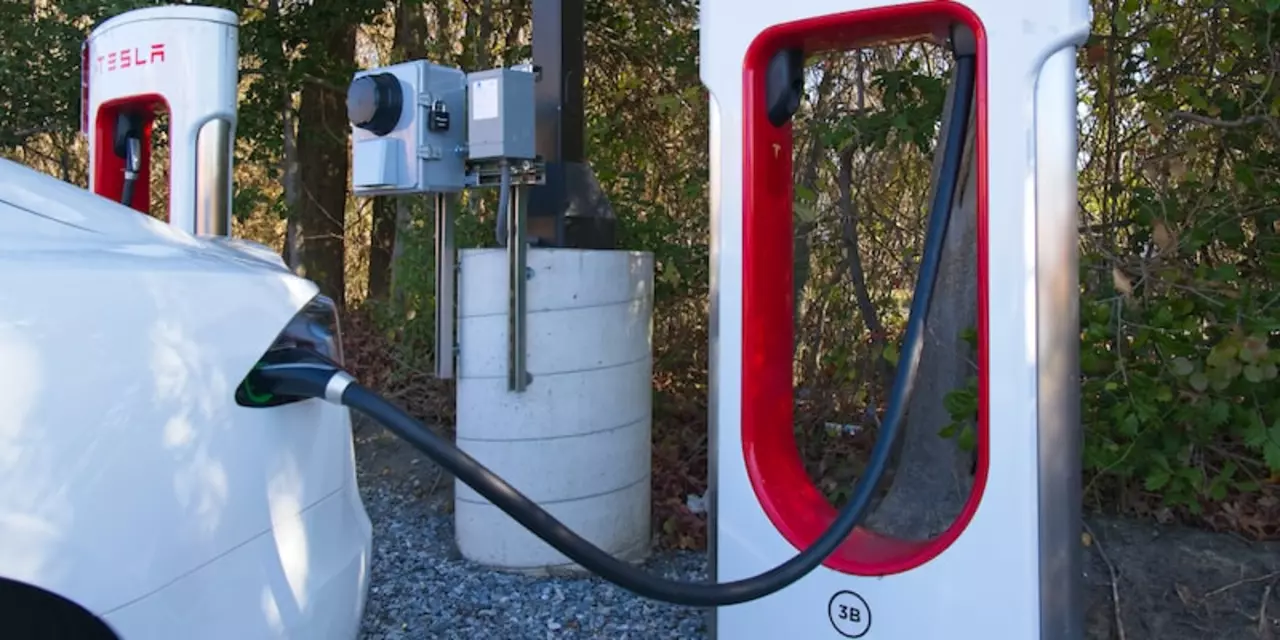Indy 500: What Makes the 500‑Mile Race So Special?
Ever wonder why the Indianapolis 500 draws crowds from around the world? It’s more than just speed. The race blends tradition, drama, and raw power on a 2.5‑mile oval that has been hosting the event since 1911. If you’re new to the Indy 500 or a longtime fan looking for fresh angles, this guide gives you the essentials you need.
Quick History in Plain English
The first Indy 500 rolled out over a century ago, and the basic format hasn’t changed: 200 laps, roughly 500 miles, and a winner who can keep a car together at 200+ MPH. Early winners were often brave roadsters — think simple, open‑cage cars that could barely hold together. By the 1950s, the race became a showcase for mid‑engine technology, and legends like A.J. Foyt and Al Alcorn started writing their names into the record books.
One thing that sticks out is the “rain‑delay” rule. Unlike other races, Indy can keep going in light rain but will pause if conditions get too slick. That adds a strategic layer: teams must balance tire choices, fuel strategy, and driver stamina for a race that can stretch over four hours.
How to Watch the Indy 500 Live or Online
If you’re in the US, the Indy 500 is usually broadcast on NBC or its streaming platform Peacock. Outside the US, many sports networks carry the race, and you can often find free streams on the official IndyCar website during race weekend. The best viewing tip? Grab a fast‑refresh TV or a good internet connection and set up a second screen for live timing data. Seeing the lap times and pit stop updates in real time makes the race feel a lot more immersive.
Want to feel the roar up close? Ticket prices vary, but a general admission seat on the infield offers a decent view without breaking the bank. For the full experience, try a grandstand seat on the front stretch — you’ll see the famous “Yard of Bricks” and the iconic checkered flag as the leader crosses the finish line.
Don’t forget the pre‑race traditions. The “Gentlemen’s Agreement” means drivers line up side‑by‑side for the start, and the famous “waving of the American flag” is followed by the singing of “Back Home Again in Indiana.” These rituals add a sense of ceremony that many fans love.
Whether you’re watching from a couch or sitting in the stands, the Indy 500 delivers drama that’s hard to find elsewhere. From unexpected crashes to last‑minute lead changes, the race keeps you on edge from start to finish. So grab a snack, set your timer, and enjoy one of motorsport’s biggest spectacles.
Posted By Caspian Beaumont On 17 Feb 2023 Comments (0)
Why is Indy 500 qualification in terms of speed and not in time?
Indy 500 qualification is not based on the amount of time it takes to complete a lap of the track, but rather on the speed at which the lap is completed. This is due to the fact that the track layout for the Indy 500 is designed to be a 'high speed' track, with long straights and tight corners. Qualification times are determined by the speed at which the lap is completed, rather than the amount of time it takes to complete the lap. This ensures that the fastest drivers qualify for the race, and that the competition is as fair as possible. The Indy 500 is the most prestigious race in the world, and qualification requirements are stringent in order to ensure that only the best drivers make it to the start line.
READ MORE